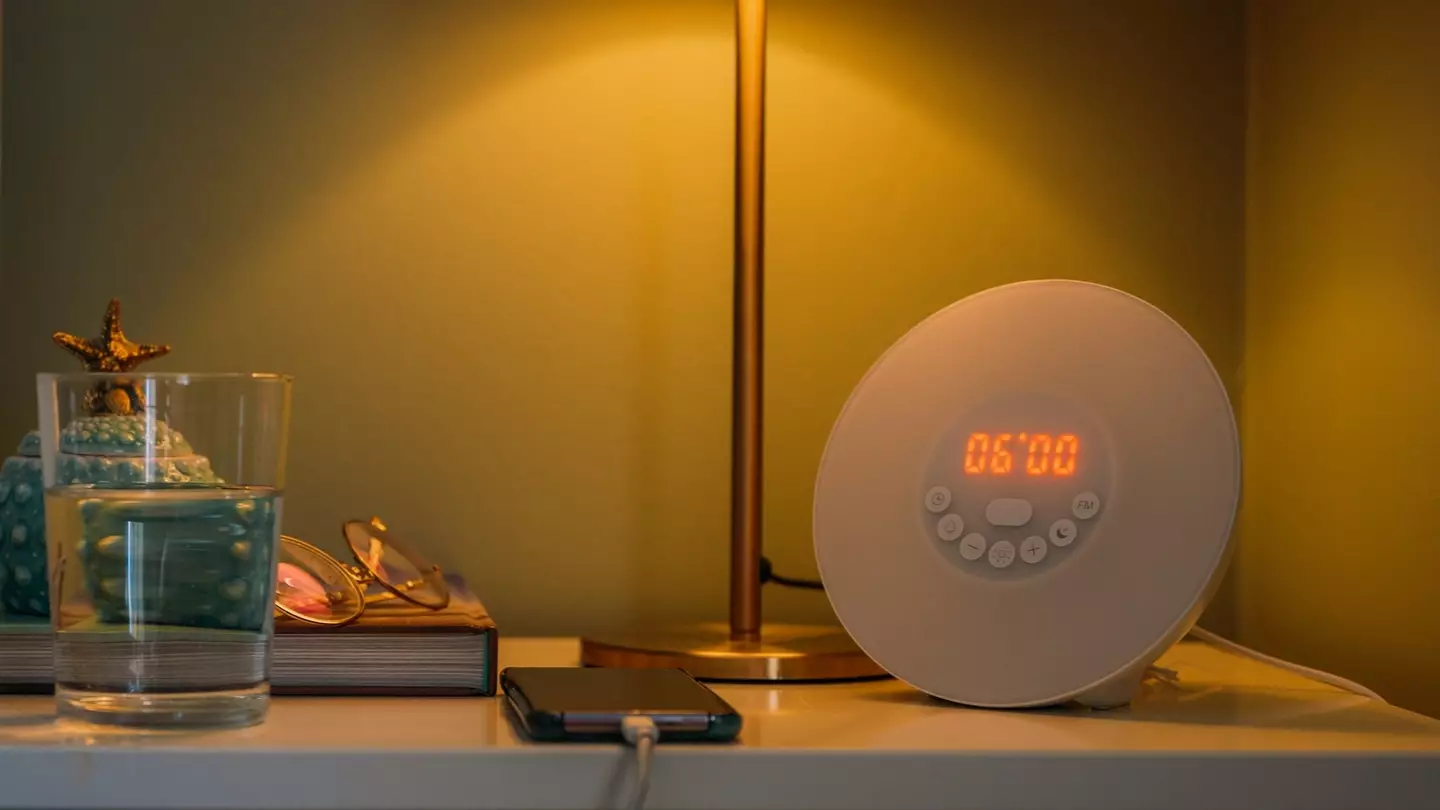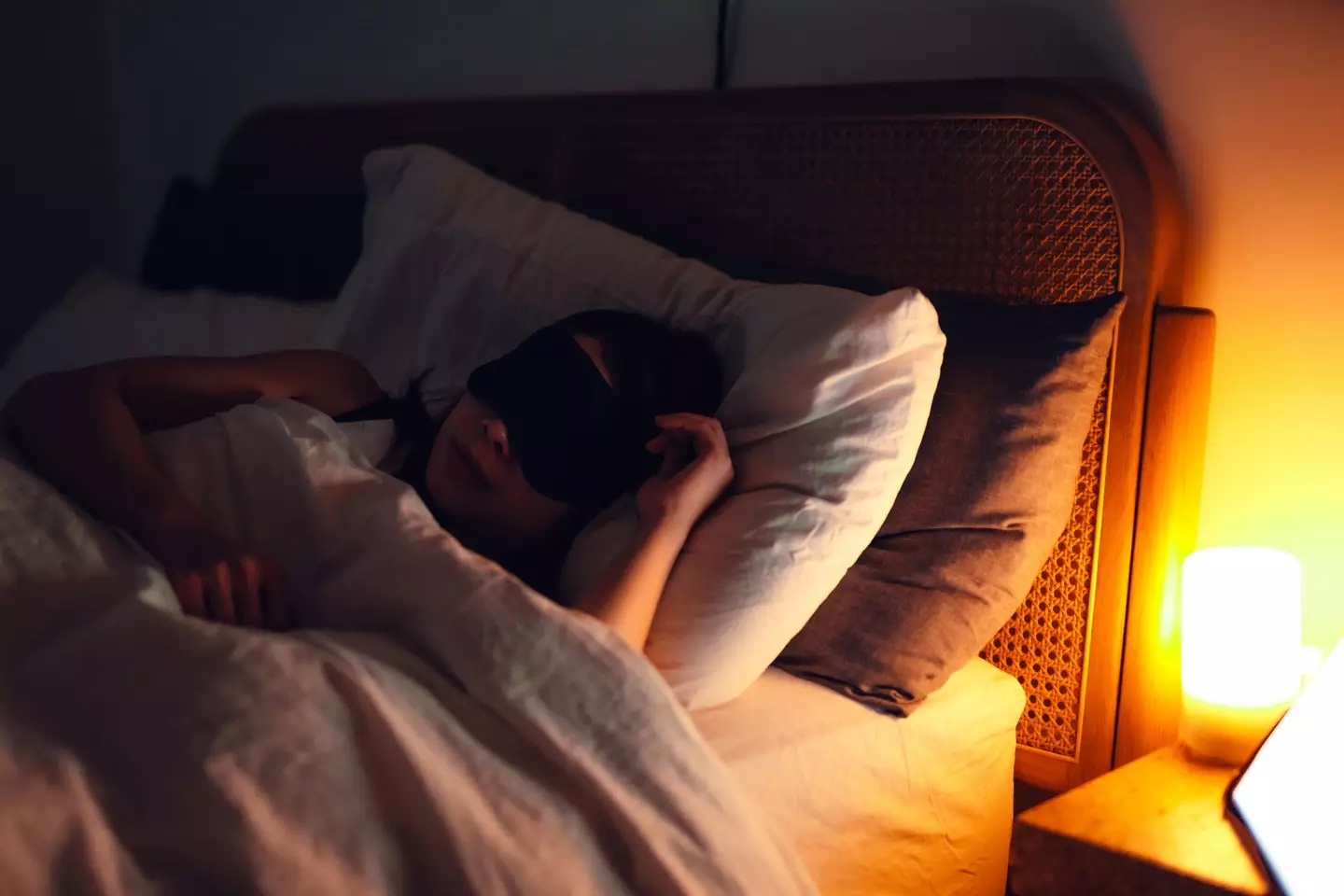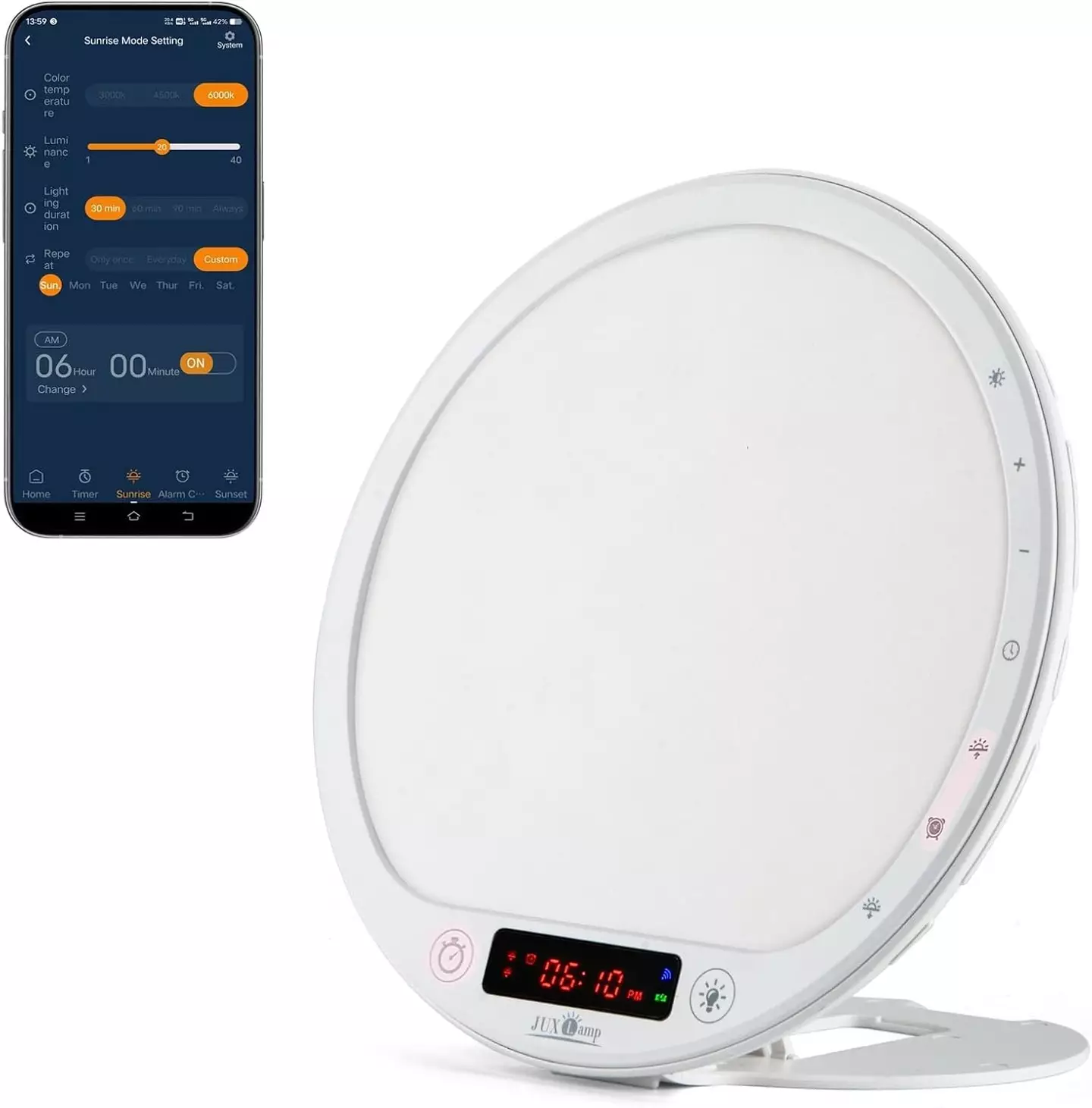
A doctor has issued a message for anyone who uses a sunrise alarm clock this winter.
Earlier this month, the clocks went back to signal the end of British summertime, meaning we'll soon have fewer than eight hours of sunlight a day in the UK - sob.
The cold, dark nights can trigger seasonal affective disorder (also known as SAD) for some, which is believed to be caused by the lack of sunlight - with many turning to so-called 'SAD clocks' as a solution.
Amazon's 'SAD clock' sale
Amazon is offering up to 40 percent off its sunrise clocks and SAD lamps in a massive sale.


According to the NHS, symptoms of SAD can range from depression and anxiety to irritability, fatigue, and oversleeping.
To combat the issue, many Brits turn to 'dawn simulation' style alarm clocks that wake you up gently by imitating sunrise in your bedroom.
But a doctor has revealed that it's not that necessarily that simple. Find out everything you need to know below.
What doctors have said about sunrise alarm clocks
In short, if you want to combat severe symptoms of SAD, you're better investing in a SAD lamp, such as the Lumie Slim Light Box, which reaches up to 10,000 lux.
If your symptoms are mild, a regular sunrise alarm clock will probably do the job.
Lumie Slim Light Box
The Lumie Slim Light Box, which reaches up to 10,000 lux, the recommended benchmark for treating severe symptoms of SAD.

£99
£59.99
"Sunrise (dawn-simulation) alarms can be helpful, but they’re not a full substitute for high-intensity light therapy when SAD is moderate or severe," Dr Tom MacLaren, Consultant Psychiatrist at Re:Cognition Health tells Tyla.
"Randomised trials and reviews find both bright light therapy (10,000 lux) and dawn simulation produce beneficial effects for SAD, though dawn simulations generally deliver far lower lux and therefore usually produce smaller therapeutic effects than medical light boxes.
"For people with mild winter blues or those who struggle to wake, a sunrise alarm is a practical, low-risk adjunct; for established SAD, a medically rated light box remains first-line."
Interestingly, most sunrise alarms on the market come in under the recommended 10,000 lux (lux is a measure of illuminance, ie the amount of light falling on a surface).
Shop our top pick of sunrise alarms and SAD lamps:
Portable Lamp (10,000 lux)
The 10,000 lux rating means this desktop lamp will be more effective for treating SAD.

£22.95
Lumie Sunrise Alarm
A traditional sunrise alarm clock will help with waking up, and with mild 'winter blues'.

£49.99
£29.99
Dreamegg Sunrise Alarm

£109.99
£76.99
JUX Lamp (10,000 lux)

£76.78
How do sunrise alarm clocks work?
Sunrise alarm clocks are designed to mimic a gradual sunrise to shift circadian timing, which can in turn improve mood, alertness, and the sleep-wake rhythm that is disrupted in winter.
They can help to make getting up on a cold winter's morning easier and Amazon customers have raved about the benefits of the Lumie Sunrise Alarm in particular.
"I suffer with SAD in winter," one five-star review reads. "I always seem to wake up exhausted. This light honestly has been life-changing, I am awake at 6.30am and feel so refreshed! Have recommended to many others as well."
Another raved, "Oh my word, talk about being sceptical about a SAD lamp... but it definitely works and I’m getting out of bed easier with the sunrise function, and even falling asleep easier with the sunset function. I even feel more chilled through the day."
A third said: "I love this, it makes me feel happier on dull autumn and winter days." So, where can you invest in a sunrise alarm or SAD lamp now? Shop our top picks below.
How to use a SAD alarm clock effectively this winter
According to Dr MacLaren, you need to prioritise a light box (SAD lamp) or sunrise alarm clock that 'delivers 10,000 lux at a comfortable sitting distance, has UV filtration, and a broad white spectrum'.
To make the most of your SAD alarm clock or lamp, follow the below steps as recommended:
- Sit in front of a medically rated 10,000-lux light box or sunrise alarm clock each morning for about 20 to 30 minutes within the first hour after waking
- Position the lamp slightly above eye level so light enters the eyes indirectly while you read, eat or do tasks (don’t stare directly into the lamp)
- Daily use is crucial. Start with mornings, as evening bright light can delay sleep and worsen symptoms.
Topics: Sleep, Mental Health